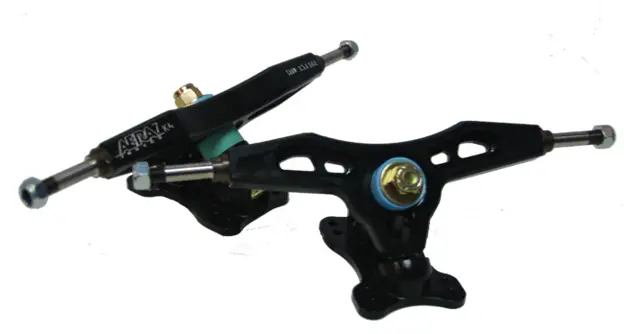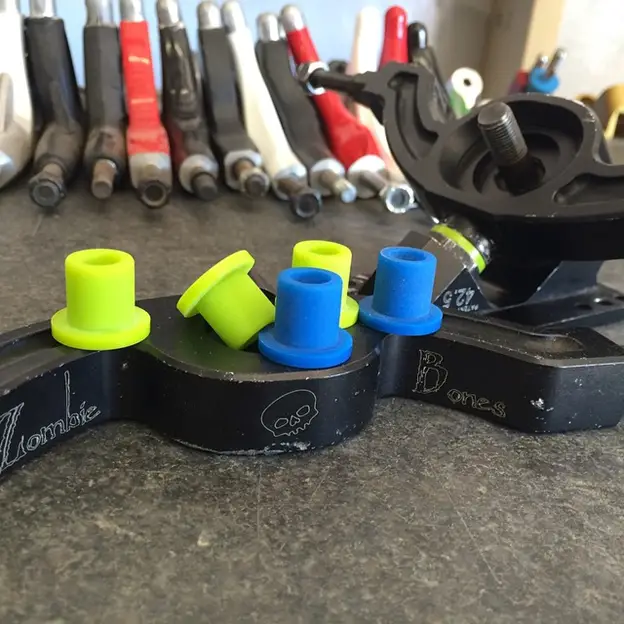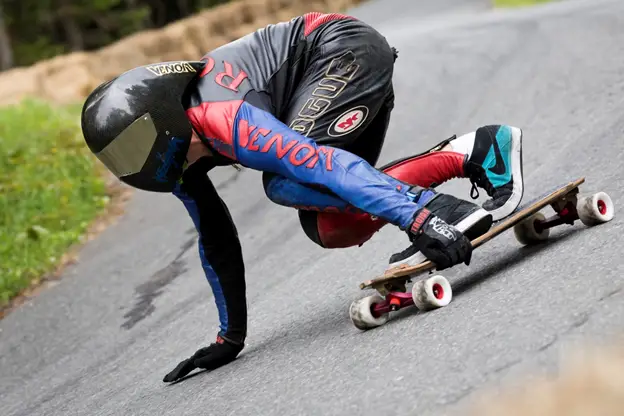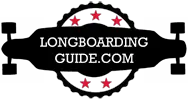Your stock setup looks nice and shiny, worthy of a couple of pictures to upload to social media. You take it for the first ride and something doesn’t feel quite right. There could be a number of things wrong with your setup – some might require just moving parts around, other upgrading some of them.
Stock setups are not meant to suit the riders; they’re just meant to function. The more you know about skating and your personal preference the further away you should be from stock setups. It’s much more convenient to individually pick out the parts that will go into your setup. That is not to say a stock setup is a good place to start for a beginner, and there’s always the off chance that the stock setup will be perfect for the rider (though that’s very unlikely).

In this article we’ll talk about ways to modify the way your board responds. Assuming you already have a complete board, there’s some things you can do to your trucks to completely alter how they feel.
This is only my first setup, how am I supposed to know what I want!?
That’s fine, this article is probably not for you just yet. It can be a quite confusing read if you’re still new to the scene, so lurk and bit and skate as much as you can. Skip down to bushing and wheelbases, those are thing you might want to experiment with.
Turn vs. Lean
The first two concepts to understand are turn and lean. Let’s remember some key things we’ve learned in physics class, the roll axis and the yaw axis. Bear with me here …
- Lean refers the turning around the roll axis. It’s the tilt the board has while turning.
- Turn refers to the trucks turning around the yaw axis. It’s the actual turn the trucks provide.

Skate trucks work on the concept of lean to turn, so as you apply pressure on a side of the board it’ll lean and the trucks will turn. A 45° truck has equal lean to turn; the amount of tilt you give your board is how much your trucks will turn.
The turn radius is defined as the radius of the imaginary circular path your board would follow on maximum turn. This is determined exclusively by truck angles and wheelbase on a set. Nelson Longboards has a great article on it where he goes in depth about calculating turn radius. As you can expect, a longer turn radius means more stability.
Speed wobbles
If you’ve ever gone fast you know what speed wobbles are, or maybe you’ve gone face to face with death wobbles. Speed wobbles are caused by something called hunting oscillation. Hunting oscillation is not exclusive to skateboards, so there’s plenty of scientific knowledge to apply to your step up to avoid it.
So what causes speed wobbles? Some folk will say it’s the rider trying to overcompensate a turn, this is not the case. Longboard trucks are at the lowest while in turn, so they inherently want to turn but the bushings provide some resistance against it. Keeping the board flat is like walking a tight rope, especially at speed. The main thing you can do to avoid speed wobbles is to keep on riding, get a good balance and learn to slow down. There are also a number of things you can do to your board to make less prone to getting wobbles.
Upgrading your trucks
If your trucks feel less than perfect, the first thing you should consider is upgrading all the urethane parts: the bushings and the pivot.
The pivot area as small as it is makes a huge difference in the turn, upgraded to proper urethane pivots will dampen the ride and make the turn a lot smoother.
Often times stock bushings are not very good, upgrading to aftermarket bushings like venom, riot or sabre is a very good idea. Check out our guide on bushings for help picking out bushings.

Tweaking it
Now let’s get to the fun part – setting up your trucks. First thing you need to figure out what is it you need: more stability, more squirrelyness, more or less turn…
Changing the wheelbase

Using a shorter wheelbase will give you a tighter turn radius, turns can be sharper. Changing your wheelbase doesn’t affect resistance in trucks, so they will feel the same – same turn limit and resistance caused by bushings – but you can get more turn for the same lean.
The opposite is true for a longer wheelbase. The turn will feel similar, but the turn radius is larger so you won’t turn as much. The longer the wheelbase the larger the turn radius the more stable you’ll be. A 27”-31” wheelbase is ideal for downhill or fast freeride.
Also check out the blog entry from Nelson Longboards explaining very well the tuning radius and wheelbase.
Playing with angles
Wedging your trucks to add turn is tricky business. Nothing over 60° feels good, even 55° is a bit of a stretch. If you plan on wedging up your trucks for even more turn, make sure to use appropriate angled risers. An extra 3° might give you what you want. This is all assuming your baseplates are 50°, which is the case for most cast trucks; if it’s not for yours, there’s a good chance you can buy them separetly.
Dewedging has also it’s tricky parts to make sure your trucks don’t feel completely dead or you don’t destroy your pivots. First thing to note about dewedging is that for every 5° you dewedge, you should go a duro higher for your boardside bushing – so if you normally run a 90A barrel on your 50° trucks, it’s a good idea to go for 93A if you’re using baseplates lower than 45°.
Khiro Rail Riser Kit Angles & Wedges Black
The Khiro riser kit has multiple risers to achieve a multitude and angle configurations, it is however a bit on the expensive side. The Rayne wedges are a cheaper alternative if you can find it.
Splits
The best way to make your setup more stable is running a split angle setup. A split angle setup means your front baseplate is at a higher angle than the one in the back. By setting up your trucks like this the turning is done mostly at the front while the back trails behind, sort of like a car.
The bigger the splits, the more stable the setup will be, you do however sacrifice the ability to ride it switch. A split angle setup becomes directional, it can only be ridden in one direction so it’s not ideal for dancing, freestyle, or freeride if you like doing 180s and going switch.
Split setups were originally used in slalom, the stability obtained from setups with them were crucial for high speed turning. The concept was adopted in downhill skating and is now a lot more popular. Split setups can be used for LDP, pumping, carving, downhill, faster freeride and pretty much anything where not going backwards is not a problem.

The Colorado split is a pretty extreme split – 51° front, 15° rear.
That was a long read, is that all?
No, of course not. There’s a lot more for you to discover. Keep on cruising through our articles to find more about other stuff, on our resources page you’ll find link to places where you can learn even more. Remember; the gear is not what makes a rider great, but a setup that is built around a rider can be a great tool for helping you progress and provide the confidence needed to do so.




